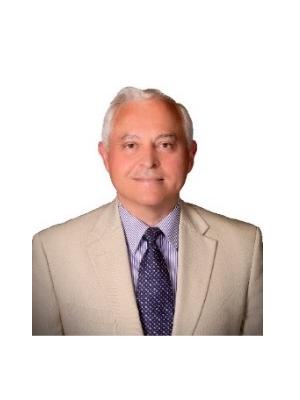Dan M. Ionel
ELECTRIC MOTORS AND POWER ELECTRONIC DRIVES FOR AIRCRAFT PROPULSION
PhD, IEEE Fellow, University of Kentucky, USA.
Biography
Dan M. Ionel, Ph.D., FIEEE, is Professor of Electrical Engineering and the L. Stanley Pigman Chair in Power at University of Kentucky (UK), Lexington, KY, where is also serves as the Director of the PEIK Institute and of the SPARK Lab. Before joining UK in 2015, he worked in industry, most recently as Chief Scientist and Engineer with very large multi-national Fortune 1,000 companies, and was a visiting professor with universities in Milwaukee, WI. He received the M.Eng. and Ph.D. degrees in electrical engineering from the University Politehnica of Bucharest, Romania.
Dr. Ionel’s doctoral program included a Leverhulme Visiting Fellowship at the University of Bath, England. He was a Postdoctoral Researcher with the SPEED Laboratory, University of Glasgow, Scotland. Research and teaching include topics of renewable and sustainable energy technologies, electric machines and power electronic drives, electromagnetic devices, electrified transportation, electric power systems, smart grids and buildings.
Dr. Ionel contributed to technological developments with long lasting industrial impact, to many premier and large volume products, and holds more than forty patents.
His research has been supported directy by industrial companies and utilities and by NASA, NSF, DOE, DoEd, ONR, NIST. He received multiple IEEE Best Paper Awards, and the CG Veinott Award, the highest distinction for electromechanical energy conversion from the IEEE Power and Energy Society. An IEEE Fellow, Dr. Ionel chaired IEEE society committees and conferences, was an Editor of IEEE Transactions on Sustainable Energy, and the Editor-in-Chief of the Electric Power Components and Systems Journal.
Electric Motors and Power Electronic Drives for Aircraft Propulsion
Dan M. Ionel, PhD, IEEE Fellow, University of Kentucky, USA
ABSTRACT:
Electric, hybrid, and turboelectric airplanes are currently being researched and developed in order to substantially reduce energy use and carbon emissions.
The presentation will review current trends and results available from major US programs funded by NASA and the Department of Energy (DOE), through the ARPA-E ASCEND framework. Special emphasis will be placed on the presenter’s research group novel concepts and research conducted under multiple NASA projects, including the ongoing large NASA ULI IZEA program with academic and industrial participation.
The advantages of distributed electric propulsion and the relative merits of different architectures will be illustrated through a systematic method for sizing the aircraft electric power systems, based on graph theory and computational intelligence.
Electric motor topologies, including PM synchronous in radial and axial flux configurations with Halbach arrays, coreless stators, special windings, superconducting and cryogenically cooled integrated systems will be analyzed in terms of ultra-high efficiency, power density, and reliability. The consequences of the largely different power specifications for the typical aircraft mission profiles, and the opportunities for using multiple and largely independent motor stages and modules, including combinations of non-PM fault-tolerant units with stator DC current stator excitation and reluctance rotor will be discussed.
The presentation will also review advancements in power electronics with muti-level converters, wide band gap (WBG) devices, electromechanical and thermal integration, and special cooling systems, including cryogenic fluids. A Markov chain-type technique will be employed to estimate reliability. The conclusions will summarize the state-of-the art results from advanced simulations with coupled electromagnetic, thermal, and mechanical stress simulations, and tests on laboratory prototypes and full-size demonstrators, and the anticipated developments.

